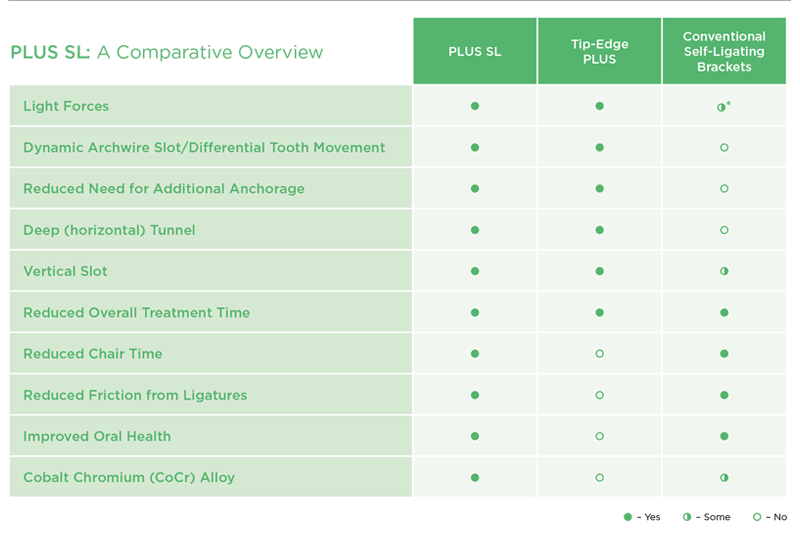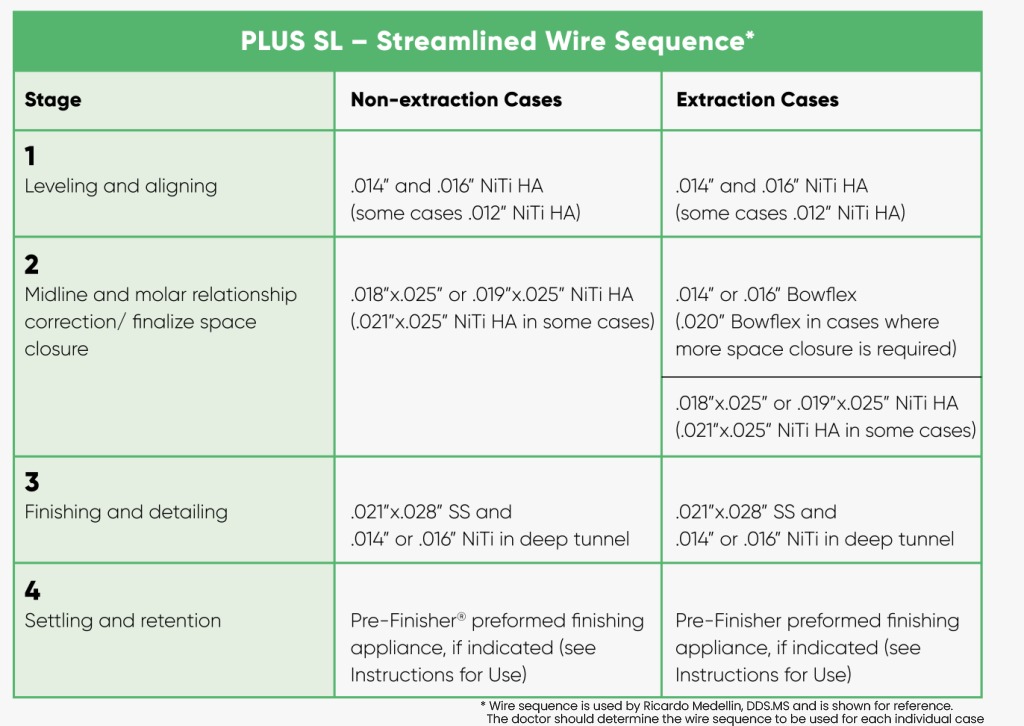

Simplified treatment planning
No need for temporary anchorage devices
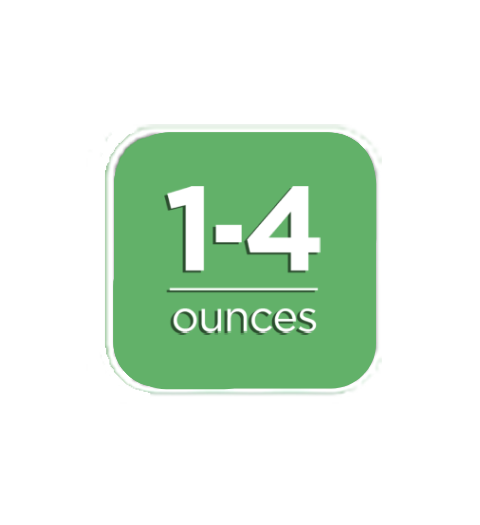
Light forces; natural tooth movement

Automatic rotational control
Provided by unique tunnel design
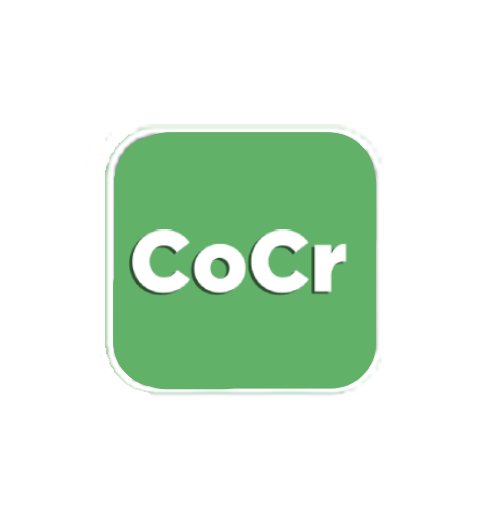
Cobalt Chromium for strength and biocompatibility


The Next Generation in
Tip-Edge® Technology has arrived,
offering our most impressive
array of features yet.
Introducing PLUS Self-Ligating Brackets, the latest advancement to Tip-Edge technology. PLUS SL brackets offer the results you expect with the added benefit of passive self-ligation. Studies show that self-ligating brackets produce less friction, resulting in reduced treatment time (and reduced chair time).
Pair that with the lighter forces produced with Tip-Edge treatment mechanics, and take your practice to the next level of efficiency!
The Next Generation in Tip-Edge® Technology has arrived, offering our most impressive array of features yet.
Introducing
PLUS
Self – Ligating Brackets, the latest advancement to
Tip – Edge technology.
PLUS SL brackets offer the results you expect with the added benefit of passive
self – ligation. Studies show that self – ligating brackets produce less friction, resulting in reduced treatment time (and reduced chair time ) .
Pair that with the lighter forces produced with
Tip – Edge treatment mechanics , and take your practice to the next level of efficiency !
Why PLUS SL?
Advantages of PLUS SL Brackets
Advantages of PLUS SL over conventional self-ligating brackets
- Lighter forces (1-4 oz) .1, 2, 3, 5, 7 Conventional straight-wire brackets exert 6-16 oz.3, 7
- Dynamic archwire slot/differential tooth movement the unique slot design enable it to increase in size from .022″ to .028″ during initial phase permitting tipping and facilitating retraction, reducing friction. Once space is closed, slot size gradually reduces back to .022″, enabling torque expression during finishing phase.1, 2, 4, 7, 8
- Deep tunnel, which allows synchronous torquing and tipping.2
- Vertical slot option when needed.2
- Reduced treatment time opening and alignment can be performed simultaneously.5, 7, 8
References
- Kesling, 2006 – Kesling, P.C. Tip-Edge PLUS Guide and the Differential Straight-Arch Technique. TP Orthodontics. 6th edition. 2006.
- Parkhouse, 2009 (p.11) – Parkhouse, R. Tip-Edge Orthodontics and the PLUS Bracket. Mosby Elsevier. 2nd edition. 2009.
- AGPO Slides –
www.academygportho.com - Chamda (2013) – Chamda, R.A. Exploring the Possibilities of Treating Difficult Malocclusions Non-Surgically using the Tip-Edge Bracket System. OHDM. 2013; 12(4): 205-212.
- Kaku (2006) – Kaku, J.K. Overlay Mechanics with the Tip-Edge PLUS Bracket. J Clin Orthod. 2006; 40(2): 78-82.
- Kapur-Wadhwa (2004) – Kapur-Wadhwa, R. Physical and Mechanical Properties Affecting Torque Control. J Clin Orthod. 2004; 38(6): 335-340.
- Kesling (1992) – Kesling,C. The Tip-Edge Concept: Eliminating unnecessary anchorage strain. J Clin Orthod. 1992; 26(3): 165-178.
- Kesling (2006) – Kesling, C. Eliminating Uprighting Springs & Auxiliaries: Treatment with The PLUS. J Am Orthod Society. 2006; Winter: 20-26.
- Pandis et al. (2010) – Pandis, N. et al. Mandibular dental arch changes associated with treatment of crowding using self-ligating and conventional brackets. Eu J Orthod. 2010; 32: 248-253
- Berger and Byloff, 2001 – Berger, J. & Byloff, F.K. The Clinical Efficiency of Self-Ligated Brackets. J Clin Orthod. 2001; 35(5): 304-308.
- Turnbull and Birnie, 2007 – Turnbull, N.R. & Birnie, D.J. Treatment efficiency of conventional vs self-ligating brackets: Effects of archwire size and material. Am J Orthod Dentofacial Orthop. 2007; 131(3): 395-399.Cattaneo et al. (2022) – Cattaneo, P.M. et al. Operating time for wire ligation with self-ligating and conventional brackets: A standardized in vitro study. Clin Exp Dent Res. 2022; 1-11.
- Meeran (2010) – Meeran, N. A. Self-ligating brackets: an update. J Clin Orthod. 2012; 46(4):235-241
- Jahanbin (2019) – Jahanbin, A, et al. Comparison of self-ligating Damon3 and conventional MBT brackets regarding alignment efficiency and pain experience: A randomized clinical trial. J Dent Res Dent Clin Dent Prospects. 2019; 13(4): 281-288.
- Surendra et al. (2016) – Surendra, G. et al.
Self-Ligating Brackets: The Present and Future. Annals & Essences Dentistry. 2016; 8(1): 12c-23c. - Nassar (2021) – Nassar, E.A. et al. An Evaluation of Microbial Flora, Alkaline Phosphatase and IL-8 Levels in GCF of Orthodontic Patients with Self-Ligating and Conventional Brackets. Clin Cosm Invest Dentist. 2021; 13: 343-352.
- Vourdouris (1997) – Vourdouris JC. Interactive edgewise mechanisms: form and function comparison with conventional edgewise brackets. Am J Orthod & Dentofacial Orthop. 1997; 111: 119-143.
PLUS SL
Self-Ligating Brackets
Ready to take your practice to the next level with PLUS SL Brackets?
Tips and Techniques

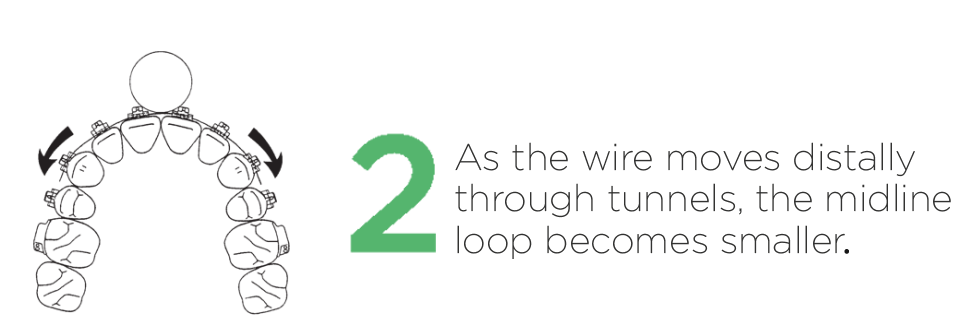
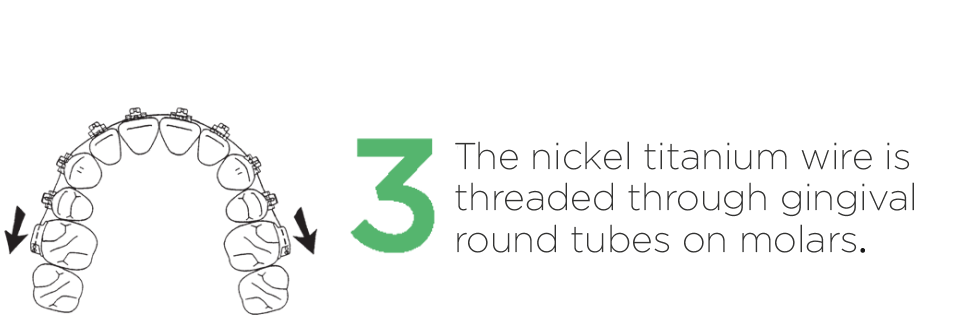
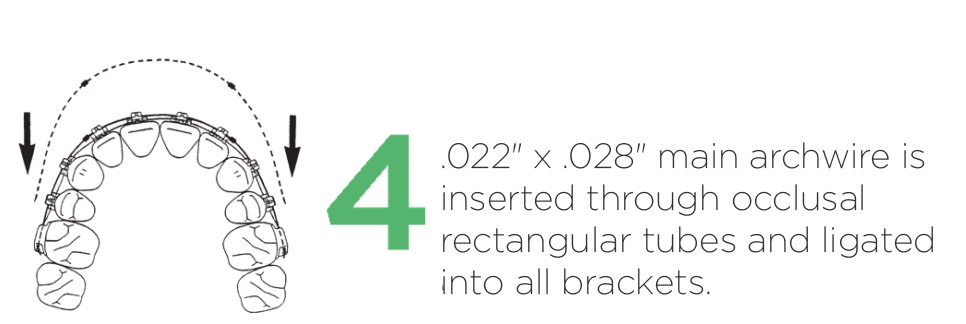

Visit tportho.com or contact one of our offices at the link below.
TP ORTHODONTICS
INTERNATIONAL CONTACT
TP Orthodontics Main Site Privacy and Legal
Copyright © 2023 TP Orthodontics, Inc., All Rights Reserved. Rev. 1


